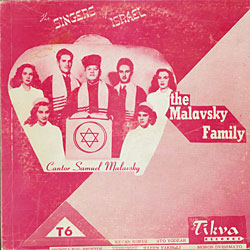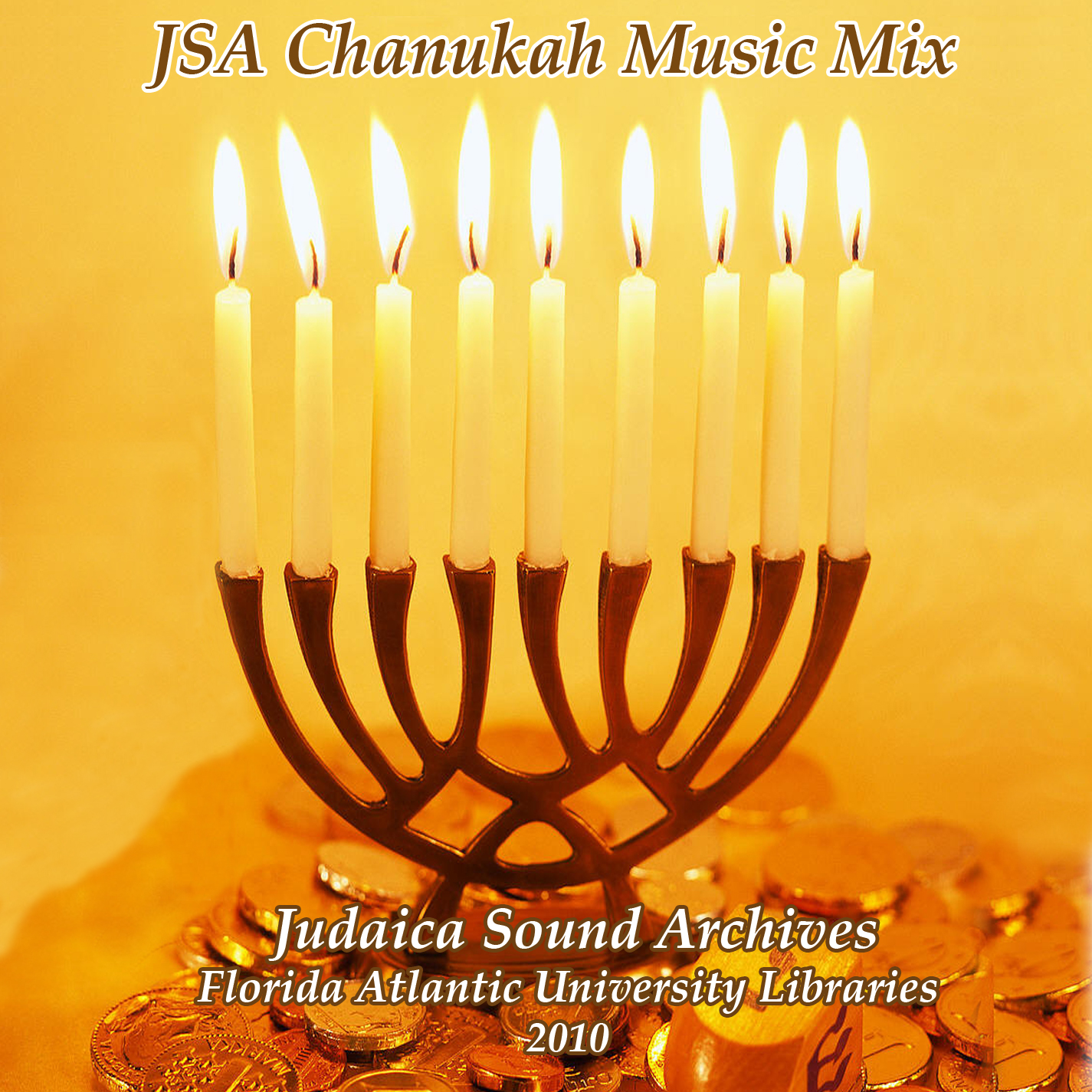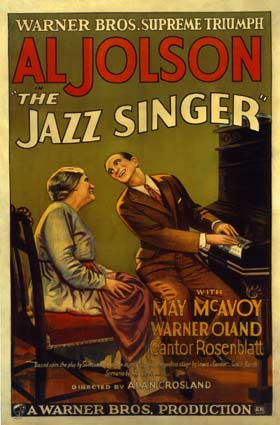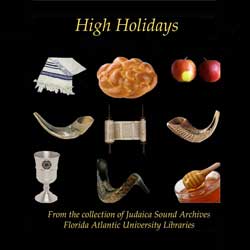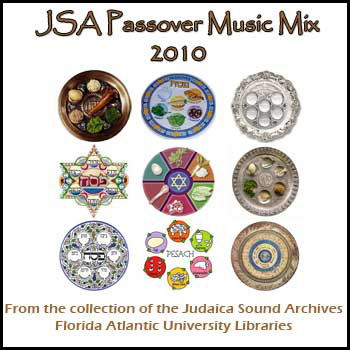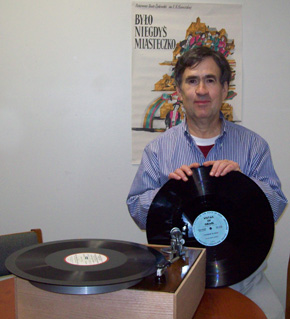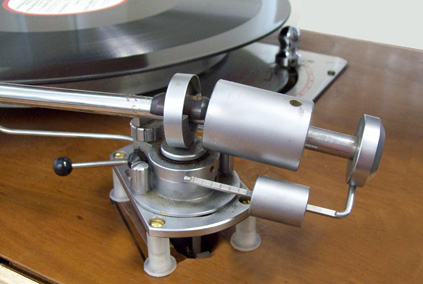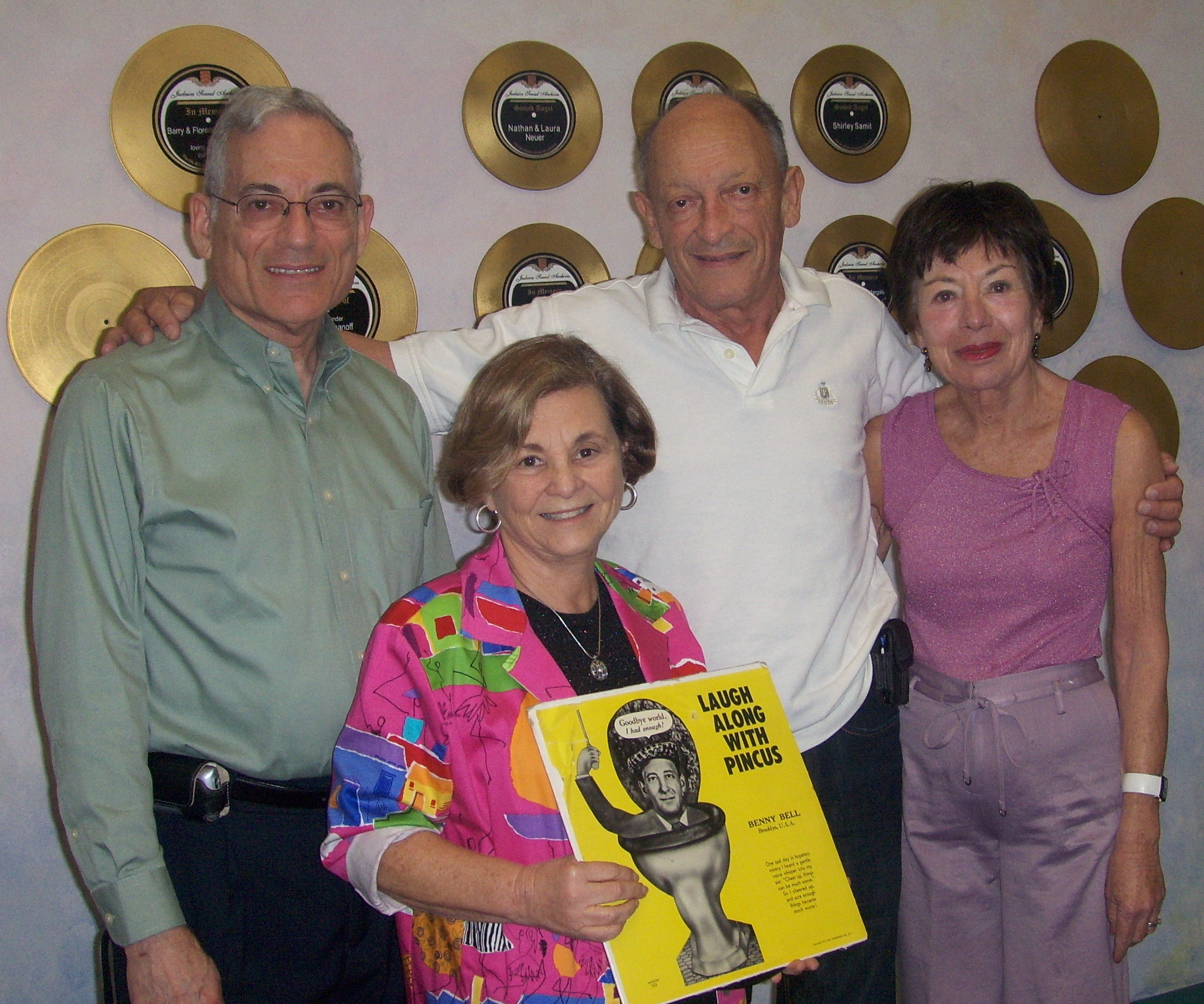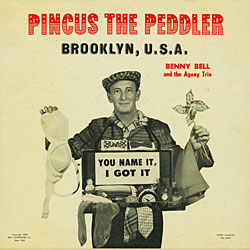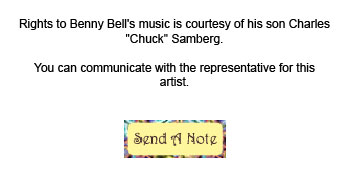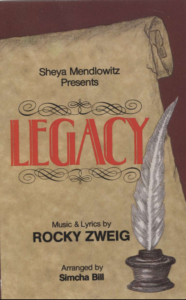
Listen for yourself. Click to hear Rocky Zweig singing “Boris” from his Legacy album (Aderet Music Corp.)
Hear it. The first five seconds. A keyboard…drums…it sounds like rock. These are the familiar sounds of a song that is going to tell a story. It sounds like the introduction to the Bon Jovi song, “Livin on a Prayer.” Then Rocky Zweig begins to sing.
His story is about a boy named Boris. Boris is upset because he is persecuted for being Jewish. The story ends with Boris dying. In “Livin on a Prayer,” the pseudo couple, Tommy and Gina, live on little money and try to make their relationship work.
In the lyrics of “Boris,” it says “…you must strive now, to keep your religion alive within your heart…” This part is not just about religion. It goes deeper. It also means fighting for respect and staying true to oneself is vital. Just because other people don’t like you, you should not let them break you. In life, there will always be people who try to bring you down. Instead of allowing it, become empowered to rise above it.
As the story of “Boris” progresses, it becomes clear that he is viewed as an outcast. The persecution was so much that he planned on killing himself and others on a plane. Instead, Boris was killed and his life became a mere memory.
In “Livin on a Prayer,” the words work so well together. Tommy has been laid off and Gina gives all of her earnings to him. Of the little money they do have, they must have faith that times will get better.
In the lyrics of “Livin on a Prayer,” it says “…we’ve got to hold on to what we’ve got. Cause it doesn’t make a difference if we make it or not…” What I get from this is no matter what hardship we face, it is possible to break the cycle. As long as someone believes in you, anything can happen. In this song, Tommy and Gina have each other and they push through the odds.
Although these are two different stories, they have similar musicality and both songs use rock instrumentation. Both songs are stories of hardship. I think the reason I find stories of hardship so fascinating is because people are fascinating. Every person is different and unique. Songs like these that explore hardship are real.
While “Boris” is technically Jewish music, I think it would appeal to anyone. It sounds current and isn’t just for Jewish people to enjoy. On the album, “Legacy,” Rocky Zweig sings 10 songs, all of which sound like popular rock music and ballads of today. His voice has a tone that works well for rock. This album makes singing about religion cool and it makes Jewish music more relevant for today’s world.
It might seem unusual that there is such similarity between the songs “Boris” and “Livin on a Prayer.” Hardship, however, is a theme found at the heart of many songs and is fuel for creativity. A hard life lived with passion is more valuable than an easy life lived with indifference.
Submitted by Jackie Rosansky
RSA Guest Blogger, Jackie Rosansky is a summer volunteer intern at the Judaica Sound Archives. This blog contains her original thoughts and opinions about the musicians and music she is researching. She is 24 years old, and is majoring in journalism with a minor in photography at FAU.
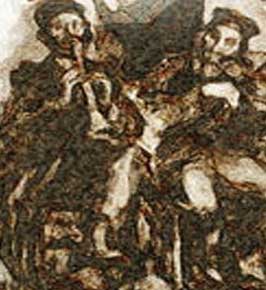 Harry Kandel was one of the pioneers of modern Klezmer music. His orchestra consisted of a variety of instruments including the clarinet, trombone, tuba, xylophone, cornet, violin, flute, viola and piano. Kandel studied at the Odessa Conservatory of music before moving NYC in 1905. In New York he performed in vaudeville as clarinetist with the Great Lafayette Band and also appeared in Buffalo Bill’s Wild West Show.
Harry Kandel was one of the pioneers of modern Klezmer music. His orchestra consisted of a variety of instruments including the clarinet, trombone, tuba, xylophone, cornet, violin, flute, viola and piano. Kandel studied at the Odessa Conservatory of music before moving NYC in 1905. In New York he performed in vaudeville as clarinetist with the Great Lafayette Band and also appeared in Buffalo Bill’s Wild West Show.